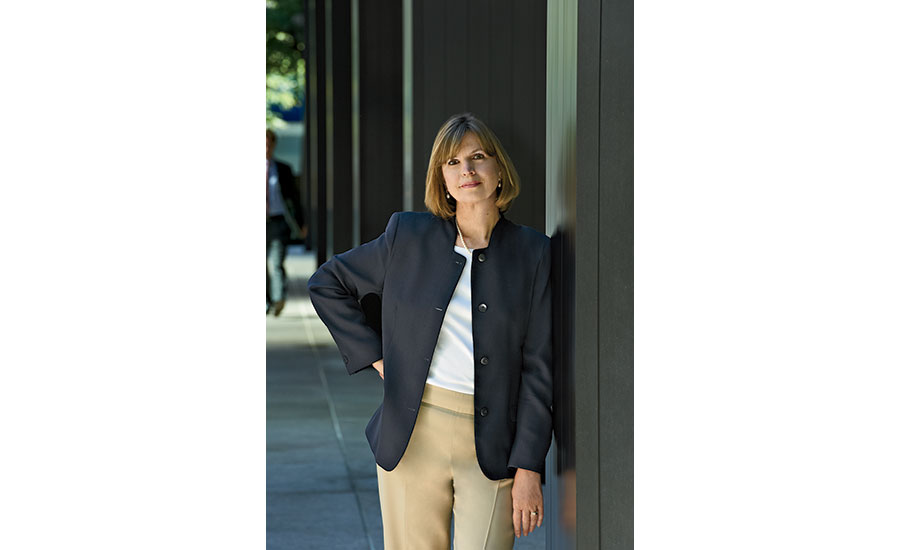OMA also built the mixed-use De Rotterdam on the waterfront of the firm's hometown—almost petite by comparison at a mere 1.74 million square feet, but a giant in that Dutch port city, both for its scale and its muscular design.
The three other big projects we feature in this month's Big issue are all in Asia. Working in the Far East, “you become a scale junkie,” says Ole Scheeren, who was OMA's partner in charge for the CCTV building until he left the firm in 2010 to start his own practice in Beijing and Hong Kong. His Interlace housing complex in Singapore, which he designed while at OMA, is an arresting and ingenious twist on the dreary forests of residential high-rises that dominate so many rapidly growing Asian cities. Rather than build a dozen such generic structures for a new development, as his client had asked, Scheeren proposed “toppling the towers.” That scheme created a huge interconnected structure, 1.8 million square feet, with a dynamic positioning of the long horizontal volumes that allows unusual views, courtyards, and other communal spaces.
In the hands of gifted architects and engineers, airports can be awe-inspiring but not necessarily lyrical. However, Massimiliano and Doriana Fuksas found poetry in the honeycomb motif they employed in the elegant, soaring curves of their new nearly one-mile-long Shenzhen Terminal, its overall shape like an immense airplane.
The challenge for architects designing vast new airports is to make them easy for travelers to navigate. In an exclusive interview with RECORD, Norman Foster, who was behind the trend toward immense terminals under a single roof, rather than separate structures, discusses strategies for breaking down the scale of one of the largest buildings in the world, his firm's Terminal 3 in Beijing. He also talks about the design of the nearly-one-mile-round donut that will be Apple's future headquarters in Cupertino, California—and how the building will be user-friendly.
Though big buildings tend to be major energy hogs, the Apple structure is being touted as “one of the most environmentally sustainable projects on this scale anywhere in the world,” says Foster senior partner Stefan Behling. In this month's technology story, RECORD explores the challenges of creating a net zero energy skyscraper, the Pearl River Tower, in Guangzhou, China, by Skidmore, Owings & Merrill. Though the building did not quite achieve its ultimate goal, it successfully employs a number of innovative green strategies.
When it comes to architects who think big, it's hard to top the ambitions of Frank Lloyd Wright, even today. The Museum of Modern Art in New York has just opened its first exhibition on the architect since acquiring his archive jointly with Columbia University's Avery Library. Frank Lloyd Wright and the City: Density vs. Dispersal showcases some of the master's unbuilt megaprojects with supersized artifacts. If you can get to MoMA, check out the immense model for Broadacre City (1935) and the beautiful drawing of his Mile High Illinois skyscraper (1956), itself nearly 9 feet high. Wright believed the admonition of his fellow Chicagoan Daniel Burnham to make no little plans. As Burnham said, “They have no magic to stir men's blood.”



Post a comment to this article
Report Abusive Comment